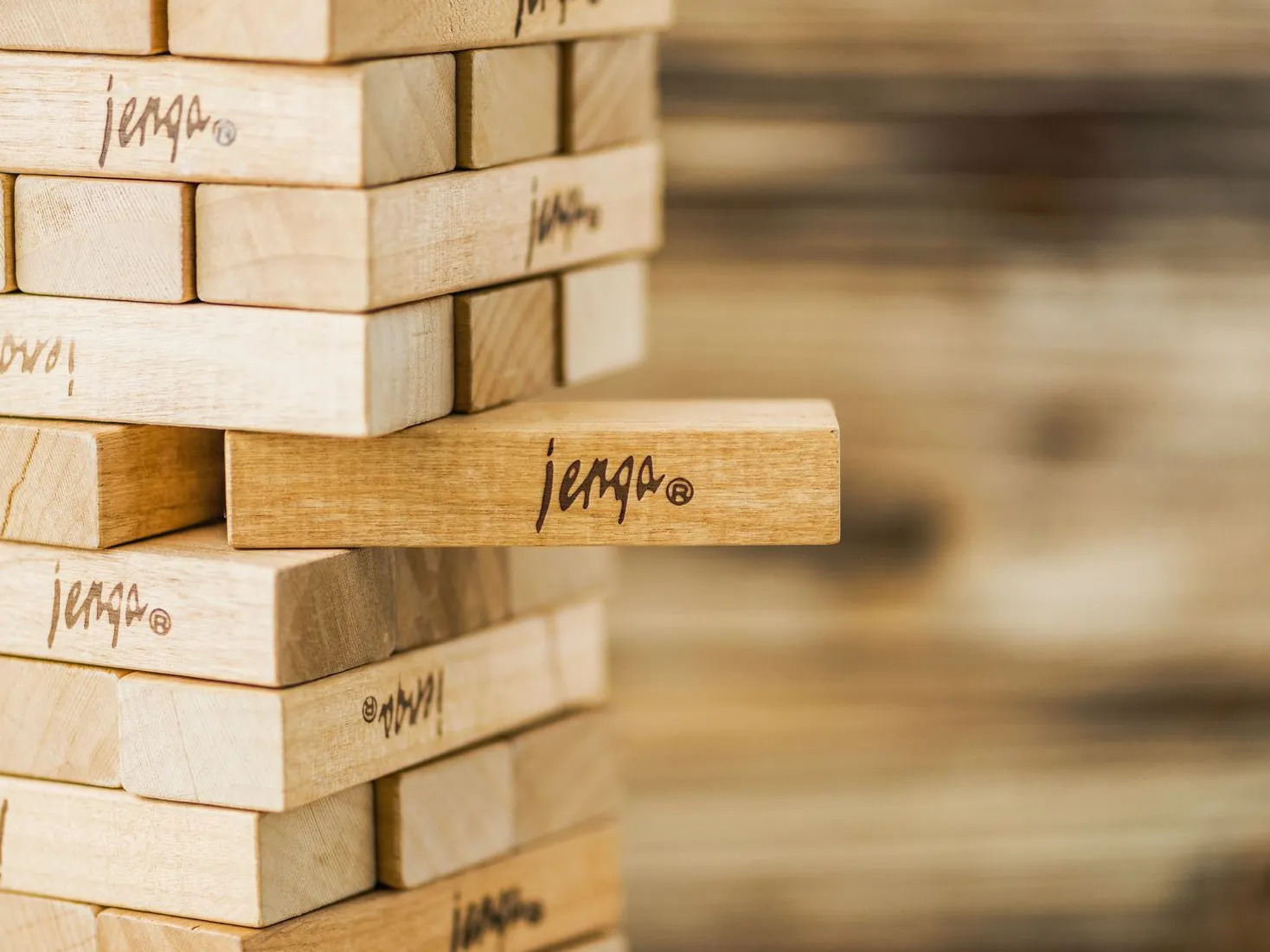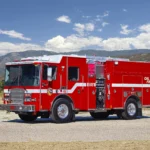
Jenga was invented in the early 1970s by Leslie Scott, a British game designer. Scott grew up in East Africa, where she played a similar game with her family using wooden blocks. She later brought the game to the United Kingdom and eventually to the United States, where it became a popular party game.
The name “Jenga” comes from the Swahili word “kujenga,” which means “to build.” Leslie Scott chose the name because she spent much of her childhood in Africa and was inspired by the language and culture there. The name also reflects the game’s central objective of building a tower.
The original Jenga set consisted of 54 wooden blocks. Each block is made from a special type of wood called Paulownia, which is known for its light weight and strength. The blocks are precision cut to ensure they are uniform in size and shape, making the game more challenging and exciting.
Jenga was first sold commercially in 1983 by the Milton Bradley Company. The game quickly became a hit, and it has since been sold in over 80 countries around the world. Jenga has won multiple awards, including the “Game of the Year” award in both the United States and the United Kingdom.
The tallest Jenga tower ever built was 40 complete levels, or 1,375 blocks. This record was set in 1985 by Robert Grebler, who used only one hand to build the tower. The tower stood at over 13 feet tall, and it took Grebler over two hours to complete the tower.
Jenga has been played on many TV shows, including The Tonight Show with Jimmy Fallon and The Ellen DeGeneres Show. On The Tonight Show, Fallon and his guests played a giant version of the game using oversized blocks. On The Ellen DeGeneres Show, celebrities such as Jennifer Aniston and Justin Timberlake have played the game with Ellen and the audience.
The world record for the most Jenga blocks stacked on top of a single vertical Jenga block is 485. This record was set by Tai Star Valianti in 2019. Valianti used 485 blocks to build a tower that was over 3 feet tall and stood on top of a single block.
The world record for the most Jenga blocks stacked on top of a single horizontal Jenga block is 1,512. This record was set by Kelvin Perez in 2019. Perez used 1,512 blocks to build a tower that was over 4 feet tall and balanced on a single block placed horizontally.
Jenga is played in over 80 countries around the world. It has become a popular game at parties, family gatherings, and even in schools and educational settings. The game has been used to teach physics and engineering concepts, such as center of gravity and stability.
The Jenga blocks are made from a special type of wood called Paulownia. This wood is known for being lightweight, warp-resistant, and strong. The blocks are also precision cut to ensure they are uniform in size and shape, which adds to the challenge of the game.
The standard Jenga block dimensions are 1.5 inches by 2.5 inches by 7.5 inches. These dimensions make the game more challenging, as the blocks are tall and narrow. The blocks are also easy to handle with one hand, which is an important part of the game’s rules.
The official Jenga rules state that players must use only one hand to remove a block from the tower. This rule adds to the challenge of the game, as players must carefully maneuver their hand and choose which block to remove without causing the tower to collapse.
There are 72 different ways to arrange the Jenga blocks in the tower at the start of the game. This randomness makes each game unique and unpredictable, and it adds to the excitement of the game. The blocks can be arranged in a variety of ways, including a straight tower, a pyramid, or a crosshatch pattern.
The average game of Jenga lasts about 10-15 minutes. However, games can last longer or shorter depending on the skill level of the players and how careful they are with removing the blocks.
Jenga has been used in educational settings to teach physics and engineering concepts. For example, the game can be used to teach about center of gravity, balance, and stability. It can also be used to teach about friction and force, as players must carefully remove the blocks without causing the tower to collapse.
Jenga has inspired many different variations of the game, including Jenga Boom, Jenga Tetris, and Jenga Giant. These variations add new challenges and twists to the classic game, such as explosive blocks or different shaped blocks.
The classic game of Jenga can be played with any number of players, but it is recommended to have at least two players. The more players there are, the more challenging and exciting the game becomes, as each player takes turns removing blocks from the tower.
Jenga has become a popular game at weddings and other special events. It is often used as an alternative to traditional guest books, as guests can sign and write messages on the blocks instead. The blocks can then be stacked and kept as a memorable keepsake.
The official Jenga World Championship is held annually, and players from around the world compete for the title of Jenga champion. The championship follows the official Jenga rules, and the winner is the last player to successfully remove a block without causing the tower to collapse.
Jenga has been included in the video game “Animal Crossing: New Horizons.” Players can purchase the game within the game and play it with other characters on their island. The virtual Jenga game includes the same rules and physics as the real-life game.
Jenga has also been used for charity events and fundraisers. In 2013, a group of students at the University of Michigan set a world record for the tallest Jenga tower built in a single day. They used 1,200 blocks to build a tower that was over 28 feet tall. The tower was then auctioned off to raise money for charity.
Jenga has been featured in many movies and TV shows, including “Friends” and “The Big Bang Theory.” In one episode of “Friends,” the characters play a high-stakes game of Jenga with the winner taking all. In “The Big Bang Theory,” the characters use Jenga to determine the order of their group activities.
The Jenga tower has become a symbol of balance and stability. It has been used in advertisements and marketing campaigns to represent the importance of staying grounded and maintaining a solid foundation.









